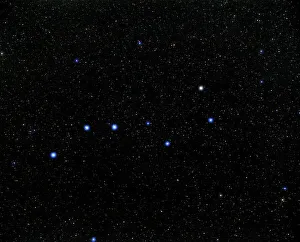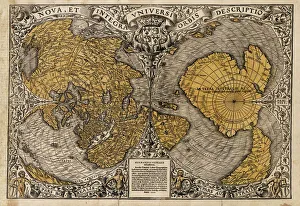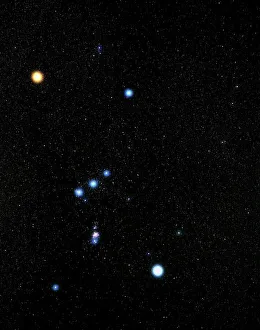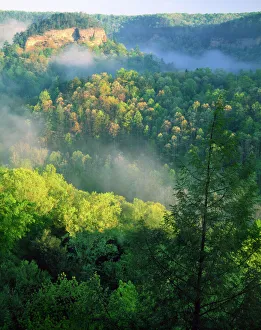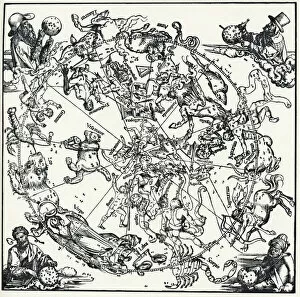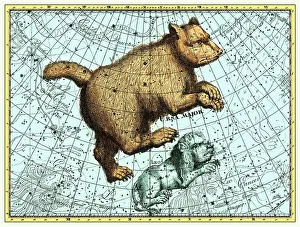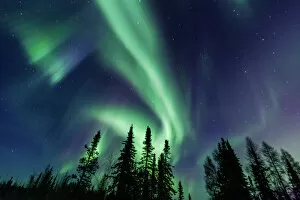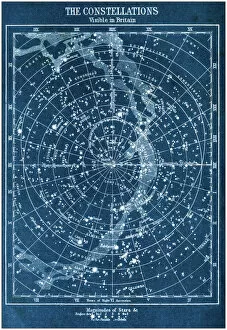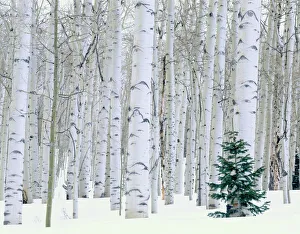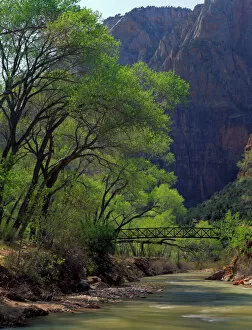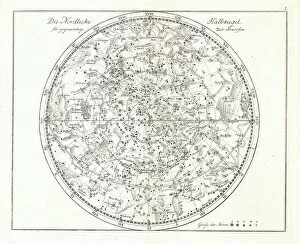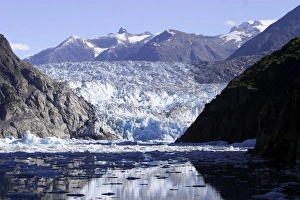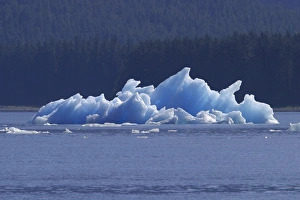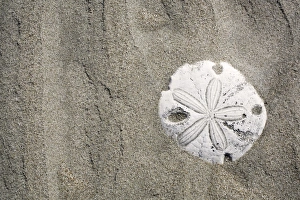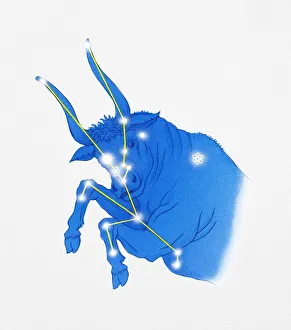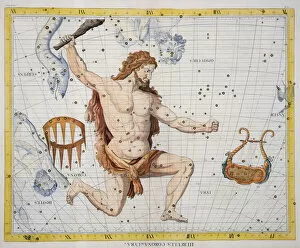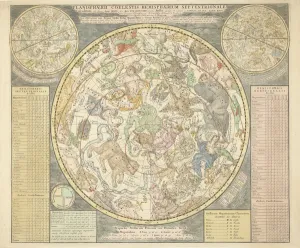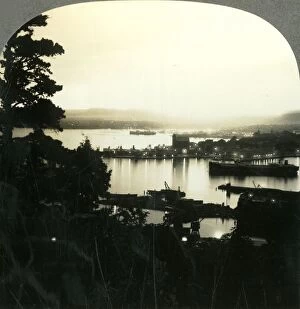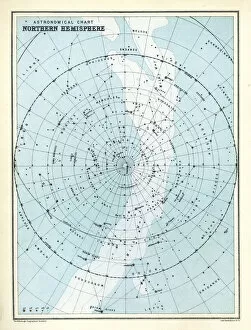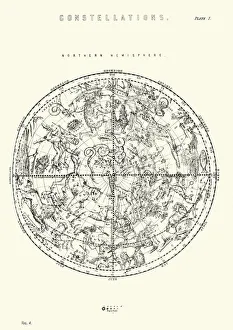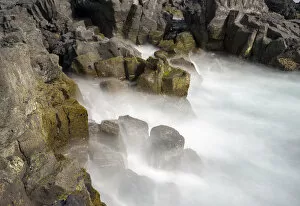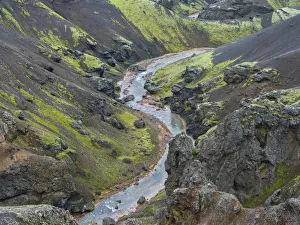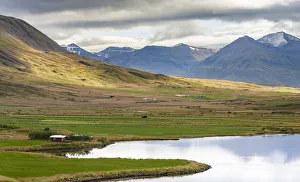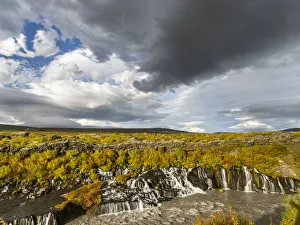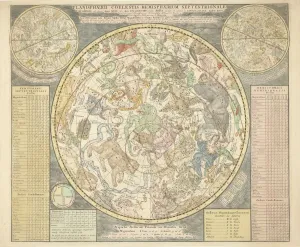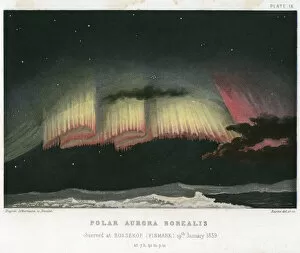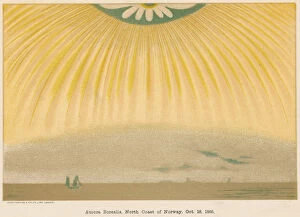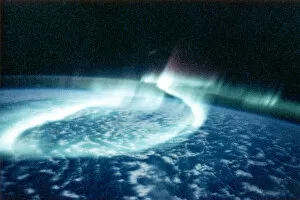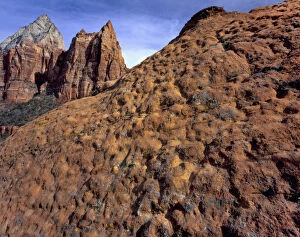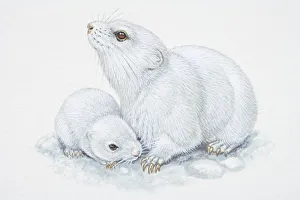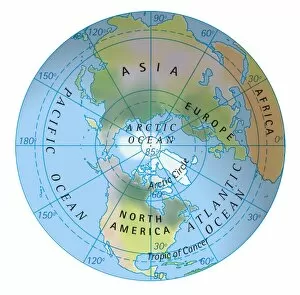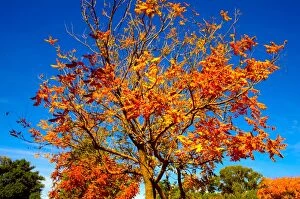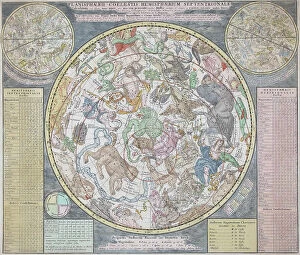Northern Hemisphere Collection
"The Enchanting Northern Hemisphere: A Celestial Journey" Embark on a celestial journey through the captivating wonders of the northern hemisphere
All Professionally Made to Order for Quick Shipping
"The Enchanting Northern Hemisphere: A Celestial Journey" Embark on a celestial journey through the captivating wonders of the northern hemisphere. Look up at the night sky and be mesmerized by The Plough asterism in Ursa Major, guiding us like an ancient compass. Gaze upon the majestic Orion constellation, where mythical tales come alive amidst twinkling stars. Travel back in time with Oronce Fines' world map from 1531, marveling at how our understanding of this vast hemisphere has evolved over centuries. Experience Kentucky's ethereal beauty as fog delicately blankets Red River Gorge at sunrise, within the embrace of Daniel Boone National Forest. Venture to Venus and explore its enigmatic terrain through a radar map showcasing its mysterious North Pole. Discover Albrecht Durer's exquisite Celestial Globe from 1515, revealing intricate details of heavenly bodies that have fascinated humanity for ages. Navigate your way through Ursa Major constellation using Bode Star Atlas, unlocking secrets hidden among distant galaxies. Witness nature's masterpiece as you peer through Mesa Arch during sunrise in Canyonlands National Park, Utah - an awe-inspiring sight that leaves no soul untouched. Be enchanted by the dancing colors of the Northern Lights near Yellownife; their ethereal glow painting a canvas across darkened skies. Immerse yourself in history with vintage maps depicting a world long past and antique colored illustrations showcasing constellations visible in Britain. Finally, let your imagination soar with a star map from 1805 - connecting dots between celestial bodies and igniting dreams of exploration beyond our earthly realm. The northern hemisphere beckons adventurers to unravel its mysteries; it is an ever-evolving tapestry woven together by cosmic wonders and natural splendors that will forever captivate those who dare to look up and dream.

